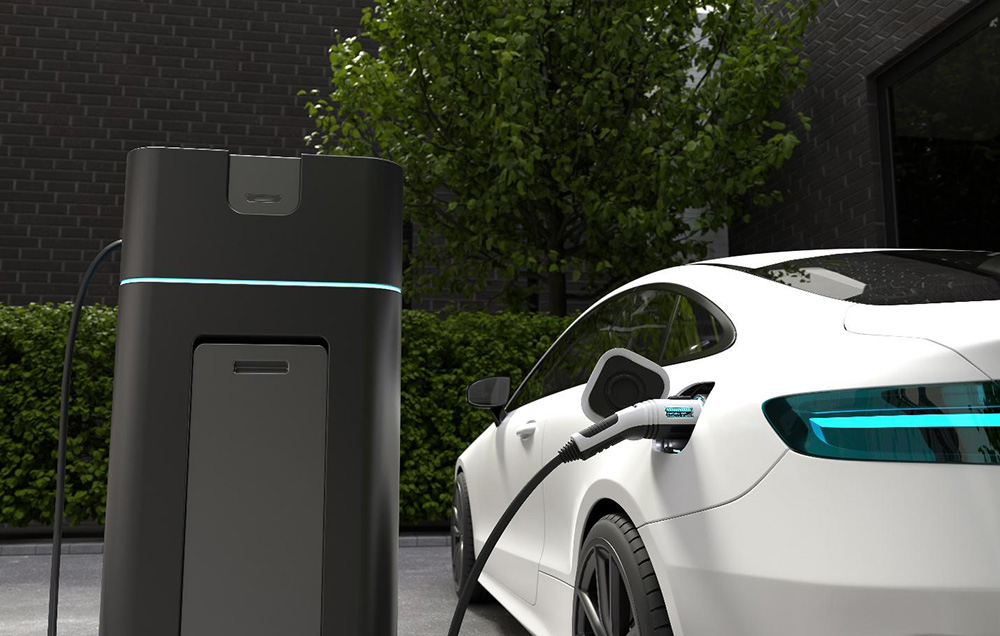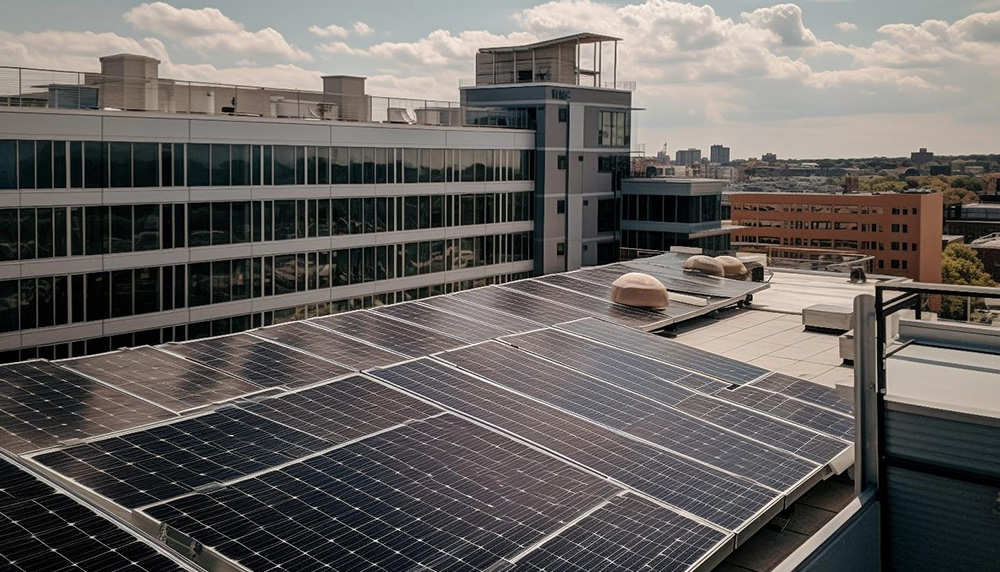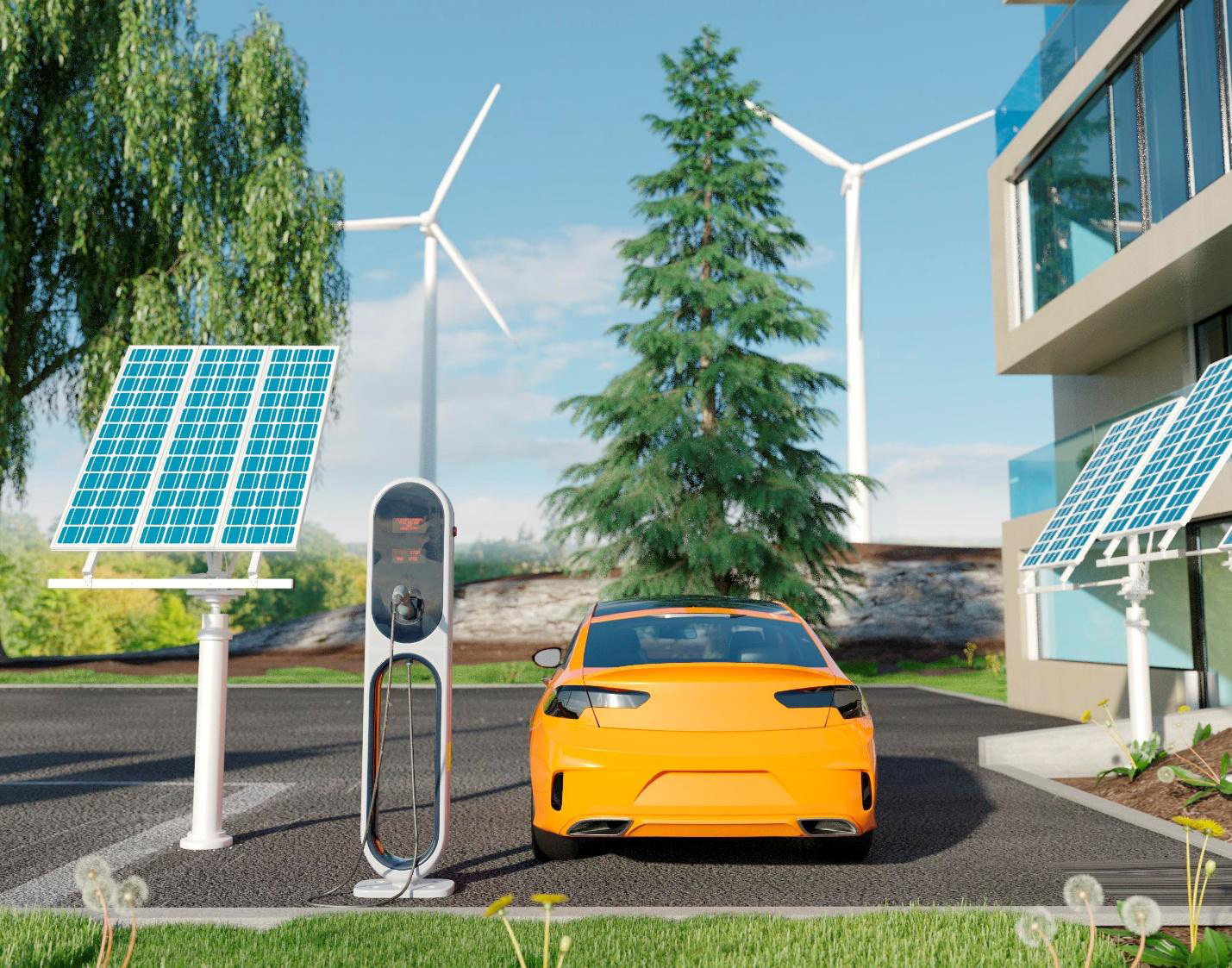Summary
Solar EV charging stations are the future of clean and sustainable commercial electric car charging stations. Though they require a significant upfront cost, this technology offers significant cost savings and revenue generation opportunities. Examine the benefits of installing a solar-powered EV charger now.
Table of Contents
Introduction
While traditional EV charging stations are effective, solar-powered alternatives offer a cleaner and more sustainable approach. These stations leverage renewable energy to reduce operating costs, environmental impact, and reliance on the electrical grid. But are they worth it?
Solar-based commercial electric car charging stations are expensive to install. The cost of the charging infrastructure and solar equipment alone makes the exercise prohibitive. And the slightest mistake can result in loss of money and equipment.
At Tercero Inc., we provide reliable and effective EV charging solutions. Our experts will guide you in choosing the right chargers, solar panels, and batteries, while ensuring room for future growth and profit.
Understanding Solar EV Charging Stations
It is important that you understand how solar EV charging stations work before installing them. Solar-powered charging stations use photovoltaic (PV) panels to convert sunlight into electric energy.
The electricity generated goes into an inverter, and depending on the system, it can either be converted to AC for level 2 charging or remain DC for fast charging applications.
Benefits of Solar EV Charging Stations

1. Reduced Environmental Impact
Installing solar-powered commercial electric car charging stations can reduce your carbon footprint and create a sustainable future.
2. Cost Savings
Although the initial cost of investment is high, operating costs will be much lower after installing solar panels. Potential cost-saving opportunities include lower maintenance costs and free electricity.
3. Energy Independence
Installing solar commercial car charging stations will give you greater control over your energy supply. Unlike traditional EV charging stations, you will be free from constant price increases and power outages.
4. Revenue Increase
Installing solar EV charging stations gives you an opportunity to increase your revenue. Revenue generation strategies may include user fees, brand sponsorships, advertising, and increased customer engagement due to higher foot traffic.
5. Increased Property Value
Installing a solar EV charger can raise your property value. Properties with chargers are becoming more desirable and worth more money.
Challenges and Considerations
If you are thinking of starting a solar-based electric vehicle charging station, here are some things to consider:
1. High Installation Costs
Installing EV charging stations requires a significant investment. The cost of EV chargers varies depending on the type and speed. You will also need to buy and install solar panels, inverters, batteries, and other necessary materials, adding to an already expensive budget.
2. Weather Dependency

Before installing a solar EV charger, you should consider the location and atmospheric conditions in the region. Solar panel efficiency depends on sunlight availability, which can be affected by weather conditions and seasonal variations. Your charging station will be less efficient in areas with more clouds and long winters.
3. Energy Storage
A battery energy storage system (BESS) is required to store excess electricity during periods of low sunlight or peak demand. This system also supports nighttime charging capabilities. An efficient BESS adds to the complexity and cost of setting up a solar-based EV charger.
Cost Analysis: Solar vs. Traditional EV Charging Stations
Are you considering starting an electric vehicle charging station and wondering if solar or grid electricity is better? Buying and setting up solar EV charging stations can be expensive. However, it is about weighing the initial investment against the long-term benefits.
Solar EV Charging Stations | Traditional EV Charging Stations | |
Initial Investment | Higher upfront costs for solar panels, inverters, battery storage, and charging equipment. | Similar costs for chargers but higher costs for grid connection and infrastructural changes. |
Operating Costs | Lower electricity costs due to solar energy and potentially free electricity in some cases. | Higher electricity costs depending on the grid rate and demand. |
Environmental Benefits | Reduced carbon footprint and reduced reliance on fossil fuels. | Lower carbon footprint compared to fossil-fuel powered cars, but still dependent on grid electricity. |
Maintenance | They require less maintenance and regular inspections. | They require regular maintenance and inspections. |
Location | Requires access to sunlight and can be used in off-grid locations. | Requires access to the electrical grid. |
The upfront cost for solar car charging stations includes solar panels, charging equipment, installation, permits, and battery storage. Once installation is complete, your savings kick in as solar energy is free and requires little maintenance.
The federal, state, and local governments also offer significant incentives for installing commercial electric car charging stations. Some of those benefits include:
- Tax Credits
- Grants and Rebates
- Utility Incentives
Best Use Cases for Solar EV Charging Stations
Solar EV charging stations are especially effective in the following scenarios:
- Remote or off-grid places, like national parks and rural resorts, often lack reliable electricity. This makes solar energy a great option.
- Commercial Properties and Businesses can attract eco-conscious customers and employees by installing solar-based commercial electric car charging stations. This will help improve brand image, provide alternative revenue streams, and reduce costs.
- Highway Rest Stops can reduce their dependence on grid electricity and support EV tourism.
Future Trends in Solar EV Charging

Here are some future trends in solar EV charging:
- Vehicle-to-Grid (V2G) Charging: Cars will charge from solar stations and return excess energy to the grid. This technology enhances grid resilience and can also be monetized.
- Smart Charging: This technology allows for self-charging electric cars. They have AI that communicates directly with the grid when on a charging pad.
Conclusion
Solar-based commercial electric car charging stations can be expensive, but the benefits outweigh the costs. These chargers need less maintenance and use less grid electricity. This can attract more customers, leading to cost savings and more revenue. To learn more about implementing solar EV solutions, contact Tercero Inc. for a free consultation and customized estimate.
FAQs
A solar EV charging station can provide profit through advertisement, government incentives, charging fees, etc.
Solar stations offer significant cost savings compared to traditional charging stations due to lower maintenance and electricity fees.
High installation and equipment costs and climate conditions are significant disadvantages of solar car charging stations.
Yes, you can charge for charging, advertisement, and also make money selling electricity to utility companies.
Solar charging stations are expected to grow to sustain the demand for clean energy, integrate V2G, and empower self charging electric cars.
Internal station faults and errors account for most EV station failures.
Malfunctions, such as a manufacturing defect, a glitch in the charging process, or damage to the battery, can cause fires or explosions.
Key challenges for EV adoption include the limited availability of charging infrastructure, concerns over driving range (range anxiety), and the time required for full battery charging, particularly with lower-speed stations.
The average lifespan of a charging station is 10-15 years.
Most public EV chargers can last a long time with proper maintenance and handling.

